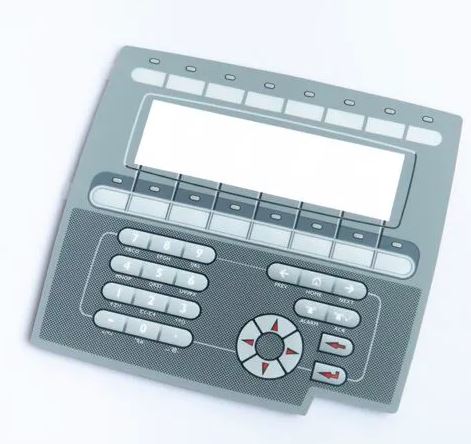Membrane Keypads have become an integral part of consumer electronics, providing an affordable yet efficient way to integrate user interfaces into devices. This comprehensive guide explores the reasons why these keypads offer such a cost-effective solution for manufacturers and consumers alike.
Introduction
They consist of a thin, flexible layer that can register input without the need for traditional mechanical keys. Their simplicity in design and functionality makes them especially suitable for a wide range of electronic devices.
Simplified Manufacturing Process
The production process for membrane keypads is streamlined and efficient. Unlike mechanical keypads that require complex assemblies of multiple parts, they are produced using straightforward printing and lamination techniques. This reduction in production steps leads to lower manufacturing costs.
Reduced Material Costs
They require fewer materials in their construction compared to traditional keypads. The primary components include a thin film layer, conductive ink, and an adhesive backing, all of which are inexpensive and readily available, further driving down costs.
Durability and Longevity
Despite their low cost, membrane keypads are highly durable. They are resistant to dust, moisture, and chemical spillage, making them last longer than many mechanical keypads. This durability translates into savings for both the manufacturer and the consumer, as the products have fewer issues and longer lifespans.
Ease of Integration
The’re incredibly easy to integrate into electronic device designs. They can be customized to fit any size or shape, and their thin profile allows them to be incorporated into devices without significant alterations to the housing or structure.
Low Maintenance Requirements
The seamless design of membrane keypads offers another cost-saving advantage: they require very little maintenance. Unlike mechanical switches that can wear out or fail due to particle intrusion or physical degradation, it remains functional without the need for regular upkeep.
Customization at Low Cost
Customization is a significant advantage of membrane keypads. They can be easily tailored to meet specific design requirements, such as color, shape, and size, without a substantial increase in cost. This flexibility allows manufacturers to cater to niche markets or create more ergonomic designs without a hefty price tag.
Energy Efficiency
They consume less power than many mechanical keypads because they do not require as much physical interaction to register inputs. This energy efficiency not only reduces the operational costs over the device’s lifetime but also appeals to eco-conscious consumers.
Scalability
The technologies used to produce them lend themselves well to scalability. Manufacturers can produce large quantities of keypads quickly and efficiently, benefiting from economies of scale which further reduces the cost per unit.
Enhanced User Experience at Lower Cost
Despite their simplicity, membrane keypads can offer a satisfying user experience. They can be designed to provide tactile feedback through embossing and can include features like LED backlighting, without significantly impacting cost.
Global Appeal and Accessibility
They are lightweight and compact, reducing the logistics costs associated with shipping and handling. Additionally, their universal design and ease of use make them accessible to a wide audience, expanding their marketability.
Technological Adaptability
Membrane keypads support various technological integrations, such as capacitive touch, that can enhance device functionality without compromising cost-efficiency. This adaptability makes them ideal for future-oriented electronic designs.
Environmental Friendliness
The production and disposal have a minimal environmental impact compared to other types of keypads. The materials used are often recyclable, and the production process emits fewer pollutants, aligning with green manufacturing practices.
Speed to Market
The quick production turnaround times associated with membrane keypads enable manufacturers to respond swiftly to market demands and emerging trends, providing a competitive edge in the fast-paced electronics market.
Conclusion
Membrane keypads embody the perfect combination of functionality, cost-efficiency, and user-friendly design, establishing them as a top choice within the consumer electronics industry. Their affordability, when paired with their adaptability and durability, secures their status as a favored option among manufacturers who are dedicated to delivering high-quality products at competitive prices. These keypads are meticulously designed to meet the dynamic needs of both consumers and manufacturers, adapting seamlessly to various applications while maintaining reliability and performance.
As technology progresses, the role of membrane keypads is becoming increasingly significant. Innovations in electronics demand interfaces that not only enhance user interaction but also integrate smoothly with new technologies. Membrane keypads rise to this challenge by offering designs that can be customized to various extents, from tactile feedback enhancements to integration with touchscreen capabilities and LED indicators, thus expanding their usability across a broader range of devices.
Article credits: Nydailybuszz

